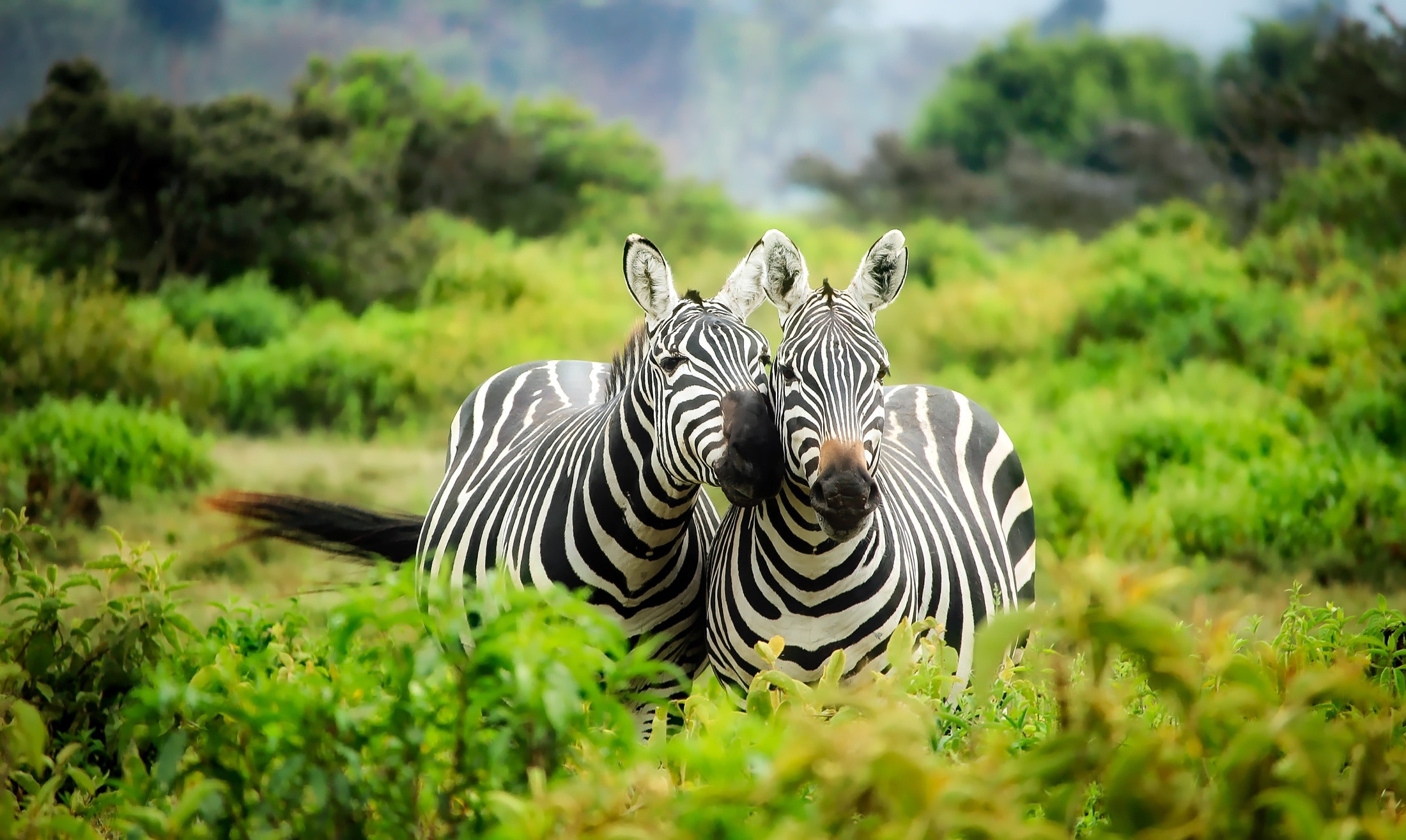
Zoo Marketing Strategy and Plan
Zoo marketing practices and marketing strategies are in the process of undergoing several fundamental changes. Like most industries, this has to do with the advent of the digital age. Greater and easier access to travel information, instant booking, and other travel resources have made tourists more spontaneous and dependent on their mobile devices when planning their trips.
Zoos, at the same time, have been shifting their focus to promote and bolster conservation practices. With more attention being allocated to deforestation, burgeoning endangered species, and environmental issues as a whole, more of the public is becoming aware of and sensitive to greener business practices.
What this means for marketers is that their zoo marketing strategy needs to communicate their shift towards conservation in places that most of their visitors will actually see them.This article will discuss several ways marketers can look to improve their zoo marketing strategy by following recent trends in conservation and identifying the best ways to reach their target audience.
Wildlife Conservation Zoo Marketing Strategy
The difficulty that all zoos face is in their dependence on financial support from visitors. While society recognizes zoos as valuable wildlife conservation entities, zoos still need to attract enough recurring visitors to survive.
The recent wave pushing larger zoos towards conservation presents zoos with a number of opportunities to promote sustainable practices. Here are several ways zoos can incorporate conservation practices, activities, and programs into their marketing strategies.
- Zoos can create exhibits that mimic the natural habitats of animals they’re preserving. Several large zoos are following this trend and promoting their zoos with their new exhibits on social media. You can also let your members know that a percentage of their ticket purchases will go to the building of these exhibits, expanding the space for wildlife species and presenting a new, unique attraction to attract visitors.
- Close-up events designated throughout the day are practical ways to brings visitors and exotic animals face-to-face. Part of the challenge of building larger, real-life exhibits is that it takes away from the up-close experience that many visiting the zoo want to be a part of. Providing several events throughout the day where visitors can meet these animals up close will help mitigate the loss of smaller but easier to view living spaces.
- Educational and informative programs, especially those involving children, are ideal strategies to strike the balance between conservation and entertainment. Kids can be a part of fun and educational activities centered around arts and crafts, games, and interactive storytelling that teaches them about wildlife conservation. Marketing strategies can be geared towards families, schools, and partners of children’s learning.
Digital Zoo Marketing Strategy
It’s no surprise that any current zoo marketing strategy will involve shifts in social media. Marketing teams need to know the best platforms to invest in and the best ways to reach their intended audience.
- When attracting tourists:
Google has released data that shows 85% of leisure travelers decide on their tourist activities after arriving at their intended destination. It also revealed that half of international travelers look for things to do on their smartphones after they arrive.
When looking to increase tourist visitors, zoos should utilize in-marketing digital advertising. Your zoo can team up with inbound travel agents who help tourists along every step of the traveling process, from start to finish. Travel agents can offer packages involving visits to the zoo, and zoos can advertise on the agency’s social media outlets.
- When attracting locals:
Attracting locals will have far more to do with emphasizing conservation practices and unique park experiences. When trying to communicate this online, however, it’s important that zoos do this through social media and video outlets like Facebook, Instagram, and YouTube, among others. The same Google study mentions how “travel hack” videos are growing on digital platforms and how most of these videos are being watched on mobile devices.
One way to engage audiences on social media while embracing the conservation trend is to tell stories. Cases of abandoned or rescued animals could be used to showcase how zoos are saving animal lives and conserving wildlife longevity. Videos can be posted on YouTube, the zoo’s website, and through the press.
When attracting locals, it’s also important to create a strong membership strategy. One way to boost recurring visits is by creating membership incentives. Include “bring a friend” benefits, provide exclusive membership events, and reach out to your members with information on animals and wildlife that they’re interested in.
Any zoo marketing strategy should have a plan, and any solid plan starts with understanding the data. In order to reach your target audience, you have to know who your target audience is and what motivates them to make visits to the zoo. ACME’s advanced ticketing technology will give you all the tools you need to track, save, and evaluate visitor information to see who is interested in what. With this information, you can begin to assess what kind of programs you’ll introduce to your park and develop the best marketing plans to reach the visitors relevant to those programs.
ACME’s advanced zoo software will make ticketing, building members, and creating marketing strategies easier than ever. Boost your marketing strategy and try the ACME demo today.

